Service hotline
+86 0755-23615795
Release date:2025-07-25Author source:KinghelmViews:46
Why supplier capability matters for RF cable sourcing
Choosing the right RF cable supplier is critical for ensuring consistent performance in consumer electronics. A reliable RF cable supplier helps Procurement and Engineering teams avoid quality failures, delays, and compliance issues. Evaluating capabilities isn't just about price — it requires a systematic review of technical strength, certifications, and manufacturing processes. Understanding how to assess these factors can protect your projects from unexpected risks and reinforce product quality.
Key technical requirements in a quality RF cable
A top-performing RF cable must handle high-frequency signals without significant loss or interference. Look for specifications covering:
Shielding effectiveness against EMI
Insertion and return loss data
Stable impedance over frequency range
Mechanical strength under bending and vibration
Engineering teams should request detailed test reports that confirm real-world performance. Never rely solely on catalog numbers or marketing claims.
Credible suppliers demonstrate commitment to quality through industry-recognized certifications. Ask for:
ISO 9001: Quality management certification
ISO 14001: Environmental management compliance
RoHS and REACH declarations for material safety
UL certification for product safety, where applicable
Verifying these certificates reduces regulatory risks and proves the supplier meets modern standards for RF cable manufacturing.

High-volume projects need suppliers with scalable manufacturing capacity. Examine factory details like:
Automated vs. manual assembly lines
Monthly output capacity by cable type
Quality inspection stations per production line
Well-documented production control plans ensure every RF cable meets the same specifications, even in large orders.
Understanding design and engineering support for RF cable
Some suppliers offer custom design support, which can reduce cost and improve performance. Evaluate whether the supplier provides:
Dedicated R&D or design engineering teams
In-house prototype fabrication
Simulation tools for signal integrity analysis
Suppliers with strong engineering teams can help solve design challenges faster and deliver optimized RF cable assemblies.
Real-world testing and validation of RF cable performance
Lab tests are useful, but they don’t replace field simulation. Ask if your supplier can perform:
Vibration and flex life testing
High-temperature aging and thermal shock tests
Environmental stress screening
Request test reports with detailed data, rather than summaries, to understand how the RF cable behaves under actual operating conditions.
Supply chain transparency and traceability in RF cable sourcing
Modern Procurement teams prioritize traceability to respond quickly to quality or compliance issues. Check if your supplier can:
Provide lot-level traceability for materials and processes
Share supplier qualification data on raw materials
Document changes in design or production processes
Strong documentation practices reduce risk across the entire product lifecycle and support future audits.
Problems sometimes emerge after launch. Evaluate a supplier’s support commitment by asking about:
Response time to technical inquiries
Availability of local engineering contacts
Warranty policies and return procedures
Good support reduces downtime if issues arise and keeps production on track.
Low initial prices often hide hidden costs — higher defect rates, poor delivery reliability, or inconsistent performance. A comprehensive evaluation, including technical, operational, and service capabilities, helps balance price with quality. In the long term, a strong RF cable supplier partnership reduces total cost of ownership and supports brand reputation.
Using external resources to benchmark RF cable suppliers
Beyond direct evaluation, refer to industry benchmarks and authoritative resources. Organizations like IEEE publish standards and research that help Procurement and Engineering teams compare supplier capabilities and identify leaders in RF cable manufacturing.
When reviewing a new supplier, ensure you:
Check technical data and test reports
Verify certifications
Review production and engineering resources
Request field testing and validation data
Confirm traceability and documentation processes
Evaluate support policies and service levels
This structured process improves sourcing decisions and reduces long-term product risk.
Reliable RF cable performance starts with careful supplier evaluation. Combining technical data, field testing, and transparent communication builds trust and ensures your products meet both market and regulatory demands. By following this process, Procurement and Engineering teams can confidently choose suppliers that deliver lasting value and quality.

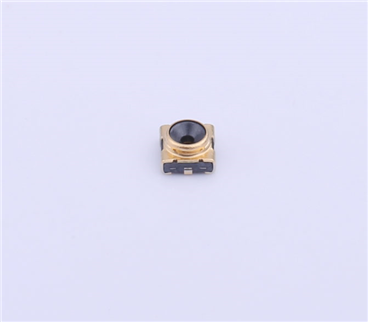
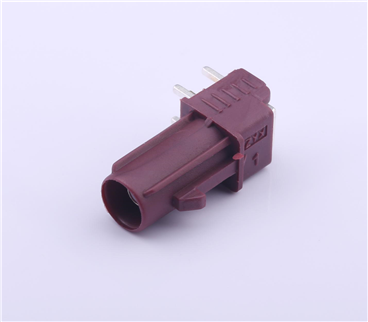
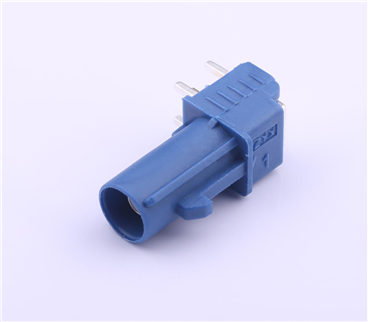
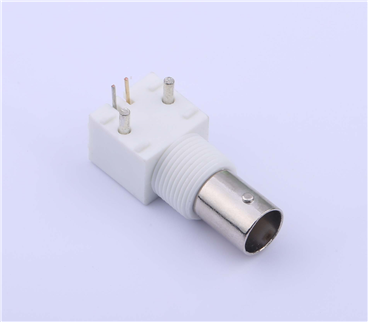
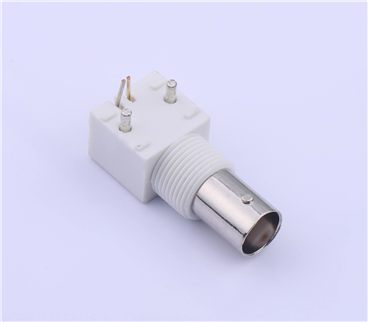
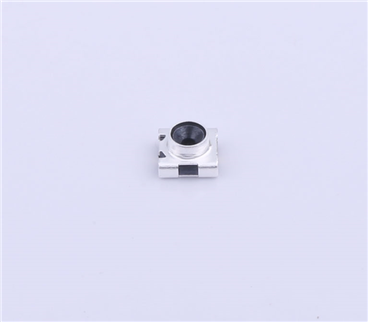

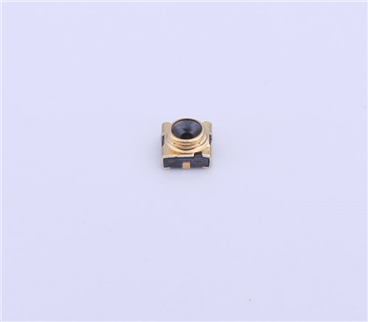
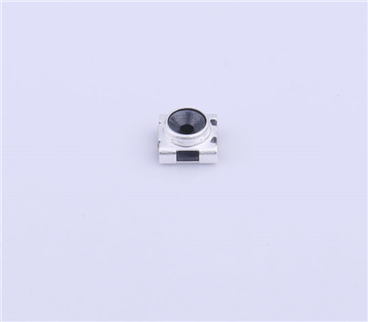
Copyright © Shenzhen Kinghelm Electronics Co., Ltd. all rights reservedYue ICP Bei No. 17113853